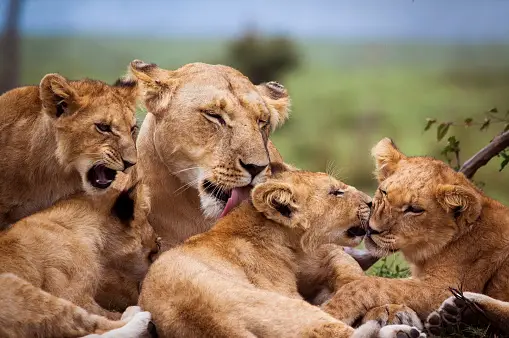
Kilimanjaro Mountain
Kilimajaro Mountain. Overview Mount Kilimanjaro, located in Tanzania, is Africa’s tallest freestanding mountain and a UNESCO World Heritage Site. Its history is as rich and
Ngorongoro Conservation Area, a UNESCO World Heritage Site in Tanzania, is a geological marvel and a haven for wildlife. Formed millions of years ago from a volcanic caldera, Ngorongoro is often referred to as the “Cradle of Life” due to its unique ecosystem and rich biodiversity. It has been inhabited by humans for over 2 million years, making it one of the oldest inhabited areas on Earth.
The best time to visit Ngorongoro Conservation Area is during the dry season, from June to October, when wildlife congregates around the crater’s water sources, offering excellent game viewing opportunities. Another great time to visit is during the short dry season from January to February. However, the area can be visited year-round, with each season offering its own unique experiences.

Kilimajaro Mountain. Overview Mount Kilimanjaro, located in Tanzania, is Africa’s tallest freestanding mountain and a UNESCO World Heritage Site. Its history is as rich and

Serengeti National Park Overview The vast savannahs of Serengeti National Park are home to the iconic Great Migration, where millions of wildebeest and other animals